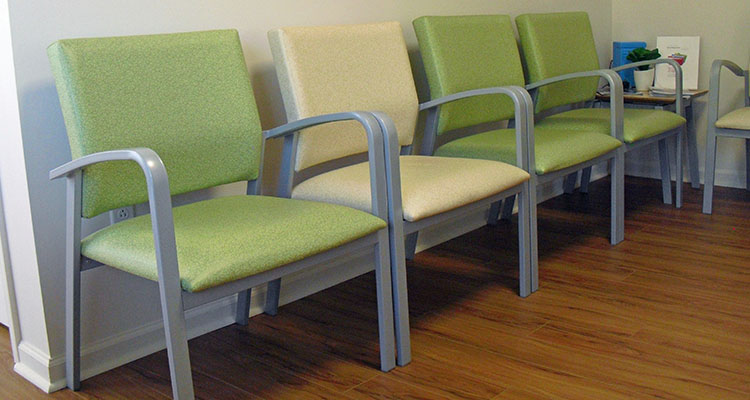Editor’s note: Following the sudden closures of Ohio Valley Medical Center and East Ohio Regional Hospital in recent weeks, more than 1,200 health care workers are on the move. From dietary staff to surgeons, they are seeking new jobs, new office spaces and a fresh start. There is so much movement, in fact, they aren’t the only ones who are seeking.
Locating missing physicians via Facebook is part of the new normal for pharmacist Matthew Rafa.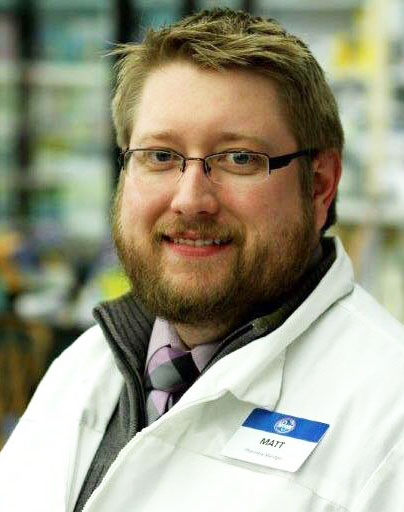
“We have patients who thought they had more time. … They didn’t get prescriptions before their doctors’ offices closed,” Rafa said of customers at the Kroger pharmacy he manages in the Warwood neighborhood of Wheeling.
LOOKING FOR DOCTORS
A growing number of them are in need of refills for long-term medications, but cannot locate their physicians to get them in the wake of the recent closures of both Ohio Valley Medical Center and East Ohio Regional Hospital.
“What do I do now?” the patients are asking, Rafa said. “And, frequently, there really just isn’t a good answer.”
For now, Rafa is utilizing a West Virginia law that allows him to refill up to 30 days’ worth of some medications without a physician-signed prescription.
But there are limits to that method, he noted.
The stop-gap law doesn’t cover medications that are classified as “controlled.” It also requires pharmacists to use their professional judgment that a medication is actually needed — meaning that a long pause in medication usage likely means there will be no refill for now.
“The idea is to fill a gap in care, not be another medical professional to go to,” Rafa explained, noting yet another facet of the law is causing the most difficulty.
The law also requires pharmacists to notify the physician connected to the original prescription concerning the refill within 72 hours. Rafa has taken to Facebook in an attempt to find doctors — some of whom have lost access to even their practice phone numbers as part of their move.
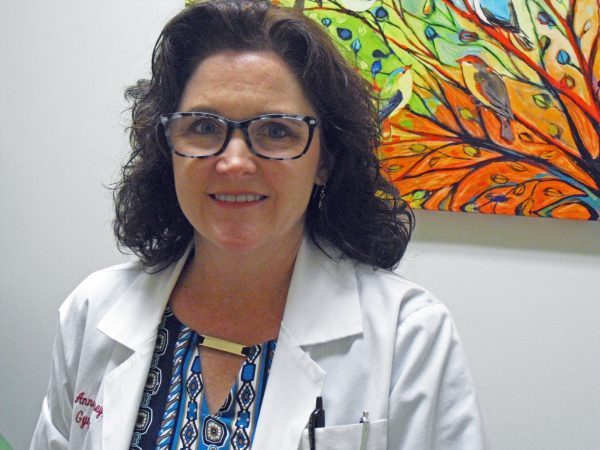
LOOKING FOR PATIENTS
And the search is going both ways. On the other side of the city, Dr. Leigh Anne Massey is trying to find some of her patients.
Less than a month after the OVMC closure, Massey moved her practice out of hospital office space, fearful the sudden closure of hospital services would spread quickly to the medical suite the obstetrician/gynecologist had leased for some 20 years.
Now in the Elm Grove Commons, in a building that also houses a Montessori school, Massey knows some of her patients have no idea where she is.
“Since we’ve been here, there have been many patients who just haven’t shown up (for appointments),” Massey said. “I’ve sent out about 6,000 postcards to let them know where we’ve gone.”
That effort has revealed a number of addresses in the patient database are no longer accurate. So she is also advertising in the local newspaper.
“The rumors have probably hurt us more than anything,” Massey added, noting some patients had heard she had left the area.
UNCERTAIN INFORMATION
Both Massey and Rafa said that kind of lack of information has dogged the disruption from the get-go.
While Alecto, owner of the shuttered OVMC and EORH, announced the impending closures of both in the summer, the actual closures came sooner and more abruptly than that early information suggested.
Massey learned of OVMC’s immediate closure along with the general public. A staffer saw the news on TV and notified her at home.
“I had no idea it would be to that degree,” Massey said of a swift, full-on closure. “I just thought someone else would buy it.”
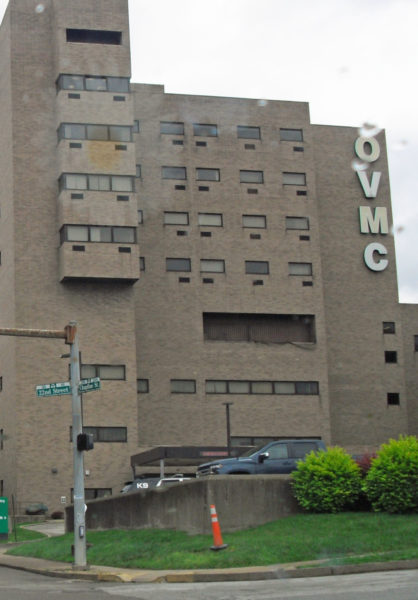 When she did realize that closure was reality, she became leery of an in-hospital announcement that physician office space would remain open until December and began immediately searching for a new space. Knowing Wheeling Hospital and Reynolds Memorial Hospital would be inundated with doctors on the move, she turned to the commercial market.
When she did realize that closure was reality, she became leery of an in-hospital announcement that physician office space would remain open until December and began immediately searching for a new space. Knowing Wheeling Hospital and Reynolds Memorial Hospital would be inundated with doctors on the move, she turned to the commercial market.
A GOOD MOVE
In late September, she and her staff of five shut down for a couple of days and moved computers and files, exam tables and cotton swabs and whatever would actually fit into the new space.
“Half of my equipment is in storage because the space is about half the size,” Massey said, noting plans to expand are on a distant horizon.
Right now, she’s feeling thankful a switch to non-OVMC phone service prior to the closure meant her practice retained its phone number. She’s also trying to settle into her sunny new digs.
“I feel like I’ve been working on an adrenaline rush for about six to eight weeks,” Massey said, noting the stress response has actually made her function at a higher level in some ways. “I’ve tried to stay positive for my staff, to look at it as a new adventure.”
WAITING FOR A SNAG
For Rafa’s part, he’s concerned that lack of information about physician location is eventually going to cause a snag in other aspects of care. Patients are going to run out of pills at some point.
“If we’re having to send people to the emergency room to get prescriptions refilled, it not an efficient use of our resources,” Rafa said.
Noting longer wait times at pharmacies have resulted from the closure confusion, he had a piece of advice.
He’s urging customers to do whatever they can to find their doctors and get their prescriptions refilled in a timely manner — such as when a pill organizer has been filled with the last of a certain prescription. Patients can also link their prescriptions with auto-refill services offered by many pharmacies, he added, noting some pharmacies even offer a synchronized system so that multiple medications can all be picked up at one time.
“You don’t want to wait until the day you run out,” Rafa said.
THE LONG HAUL
Rafa had another piece of advice for fielding the recovery time the overall region will need following the hospital closures: Take more responsibility for your own health and that of those around you.
That could include improved diet and fitness, keeping an eye on one another’s mental health, or something as straightforward as getting a flu or pneumonia vaccine. The latter, especially, he said, could make a hospitalization less likely in a season in which remaining area hospitals are trying to absorb a significant increase in patient load.
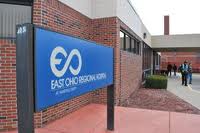 Rafa also said patients who are taking multiple long-term medications can do themselves a service by putting a list of what they take, why they take it and how in their wallets or purses. Should a patient require emergency care — and if at least some physicians remain difficult to locate — that information could become life-saving.
Rafa also said patients who are taking multiple long-term medications can do themselves a service by putting a list of what they take, why they take it and how in their wallets or purses. Should a patient require emergency care — and if at least some physicians remain difficult to locate — that information could become life-saving.
He sees the closures — including an unrelated one involving Warwood’s only other pharmacy, a Rite Aid, earlier this year — as stressing the local system for months or even a couple of years to come. And that stress is being compounded by a national system that is experiencing problems with access, costs and, even, a consistent supply of prescription drugs from manufacturers.
He hopes both area patients and health care officials will use 2019 as a wake-up call for the need to maintain a workable system.
“Honestly, I think we’re going to find that some of the doctors are moving out of the area, using this for a fresh start,” Rafa speculated, noting others will possibly retire. “There’s going to be less doctors, less resources, but the same amount of patient need. There’s going to be a shortage for a while.”
BEING PATIENT
That said, he’s hoping patients will be, well, patient. He’s feeling the stress, and he knows other medical professionals are, as well. Feelings are running high on every side.
Massey agreed that has been true in her experience.
“The hardest part, to be honest, was seeing each patient and their being so upset about what they’d heard,” she said of dealing with immediate effects of the closure. “We have very kind patients. But just getting through the day was emotionally draining — to talk about it all day long — and that went on until we left (the hospital office space).”
Having found her new space, most of her patients and the first stages of a new normal, she’s also hoping to start a new narrative. That positivity includes her feelings about Alecto.
“A lot of people are angry. I don’t have that feeling,” Massey said of the for-profit California-based company that bought both hospitals in 2017. “The hospital was in trouble for many years … It was too much for one company to fix.”
• A long-time journalist, Nora Edinger also blogs at noraedinger.com and Facebook and writes books. Her Christian chick lit and faith-related non-fiction are available on Amazon. She lives in Wheeling, where she is part of a three-generation, two-species household.


